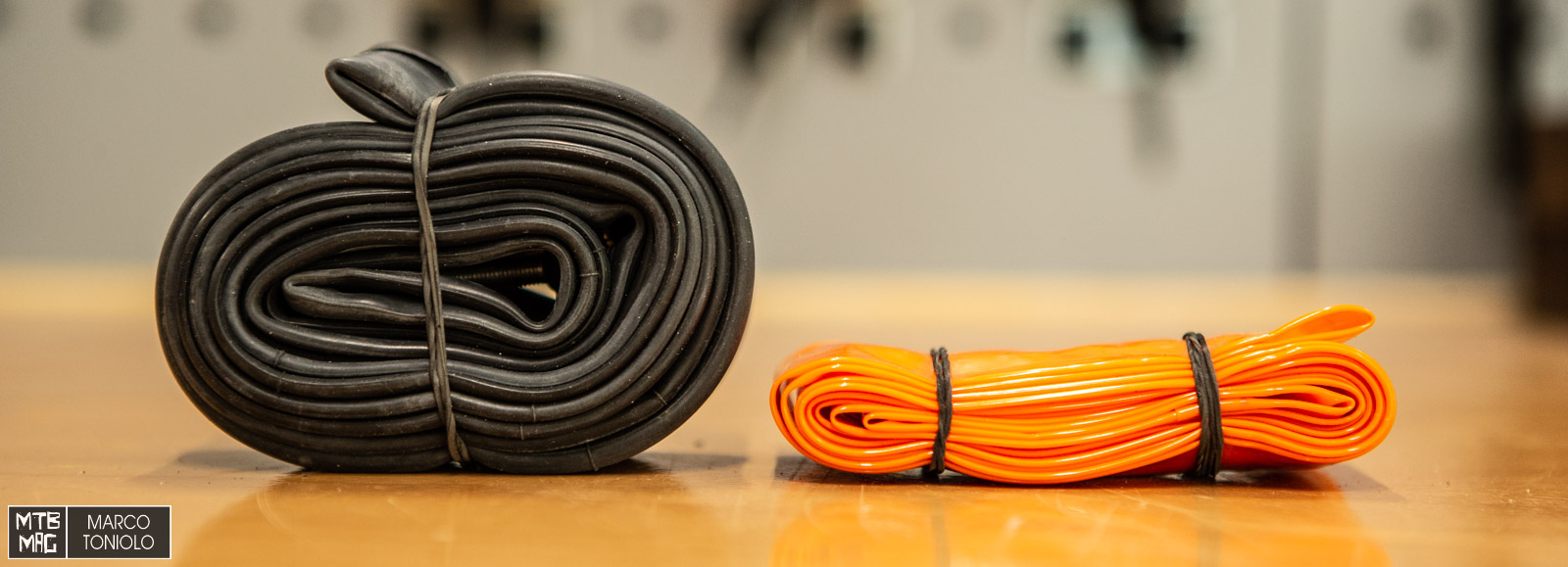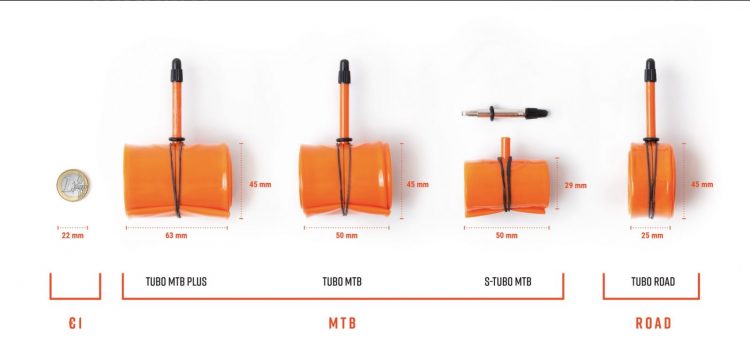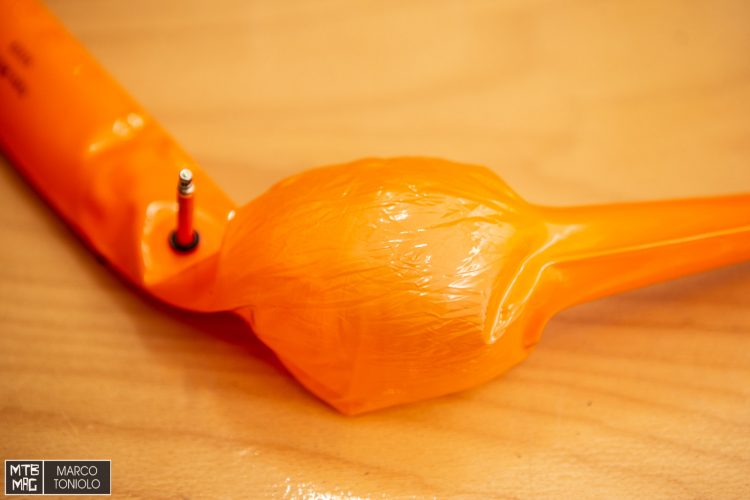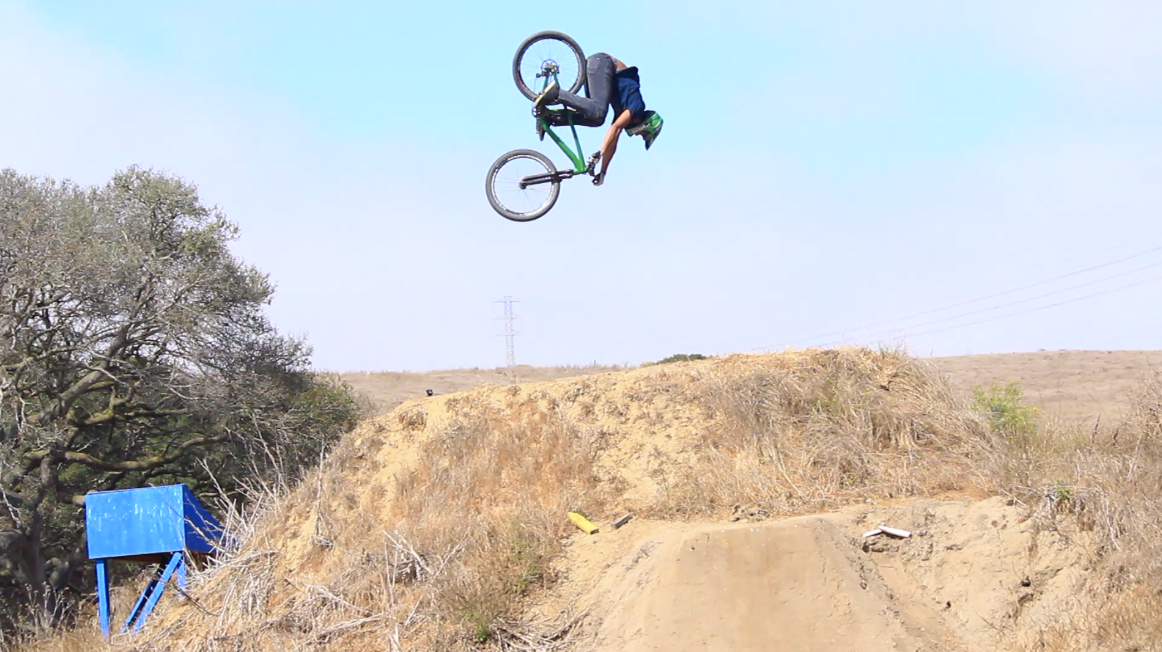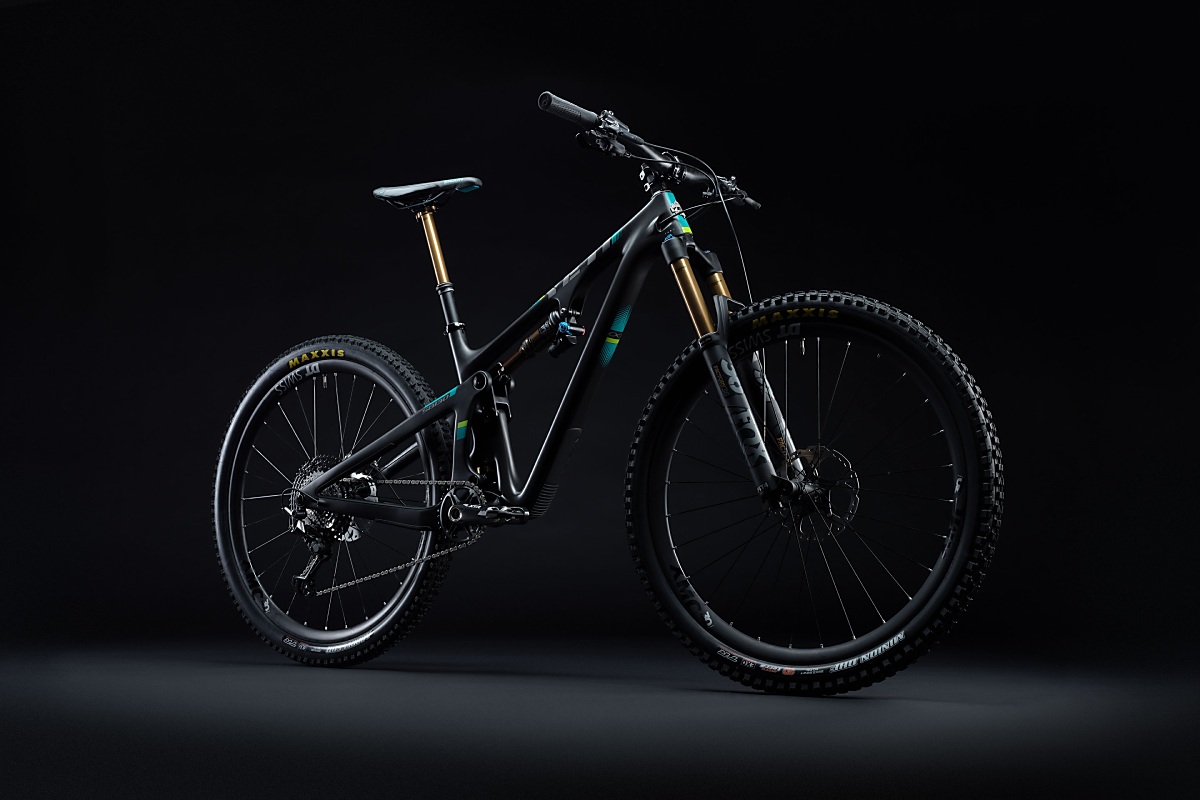The orange inner tubes from Austrian brand Tubolito stirred great interest at the time of their presentation a year ago: super light, they lend themselves to being transported as spares in the event that a tubeless tire was punctured without possibility of being plugged quickly. This premise is a mainly because at MTB Mag, we interpret the inner tube as a last resort to return home in the saddle, as none of the out editors use them in the tires, as well all ride tubeless.
We do not want or need to go into detail about the benefits of tubeless as it speaks for itself. Just remember, however, that tubeless tires are less prone to pinching – punctures caused by blunt force between the tire between the rim. In this case, the tube is pierced with the infamous “snakebite”, that is, two holes coinciding with the points where the rim punches the object. It is also a must to note that it is also possible to pinch a tire, but the force needed to cut it is bigger than what’s needed to cut an inner tube.
Back to the Tubolito now….The Italian distributor sent us four tubes, two 27.5″ and two 29″, which we distributed to several testers. The first thing we did was weigh them: the first stopped the scale at 77 grams, the second at 82 grams. Both are designed for tires ranging from 1.8 “to 2.4”, and have a 42mm presta valves. As mentioned in the beginning, they were used exclusively as spares, so they were used only once plugging a tire was no longer an option. To take decent pictures, we installed the Tubolito in our workshop and without latex. By the way – sealant does not create any problems with the tube material.
The photo above gives you a precise idea of the type of material from which a Tubolite tube is made: it is not the usual butyl rubber – it’s indefinitely deformable. It is harder and, if inflated without a tire that holds it in place, its walls give way, thinning out and no longer returning to the initial consistency, or hardness. In practice, it is to be thrown away after usage. Mind you, this is an extreme case, because the Tubolito keeps its without any problems. This wouldn’t happen due to the small amount of pressure that you put in before installing it into the tire to give it shape.
In the photos you can see a 27.5″ Tubolito mounted inside of a 2.35″ Schwalbe Rock Razor. The installation is simple and identical to that of a classic tube. We had no problems whatsoever.
The tube was slightly inflated to avoid damaging it with the levers. Its small footprint makes the installation of the tire easier than with a classic tube, because the tire beads have more room to nestle into the rim’s drop center.
When we limped home on a tire with a tube installed, that was no longer tubeless, we were obviously careful to inflate it to a pressure that would help to avoid pinches, usually 0.3 / 0.4 bar higher than before. We didn’t test out the tubes in areas full of thorns, and we know full well that tubes are more of a dice roll than tubeless. Therefore we didn’t expect miracles because when the material expands, it becomes thinner and can’t resist sharp objects with impunity, despite the fact that on the manufacturer’s site it is stated that “Tubolito can resist efforts equal to twice the a standard tube”. Everything is relative, but above all, we repeat, this comparison should be made with a tubeless tire, since it is the most used set up by mountain bikers these days.
If you puncture, the dedicated self-adhesive patches are necessary to repair it. A kit contains 5 patches, accompanied by 5 wipes soaked in alcohol.
The wipes are used to clean the inner tube before applying the patches.
Once cleaned, the patch is applied and left to dry for about 5 minutes before inflating the tube.
In the photos below we show a comparison of the size and weight between a 29″ Tubolito and a 29 ” Continental butyl tube.


Conclusions
The Tubolito tube is light and not bulky, and as such they are perfectly adapted to be transported as spare(s) for when things go South. It is easy to secure them to the frame or the saddle, and their assembly is as simple as that of a traditional tube. Considering that as a tubeless user, you’ll use them infrequently, and therefore they’ll last a while, which also makes the cost a lot easier to digest.

Price: 25 Euro online
Repair Kit: intorno agli 8 euro

